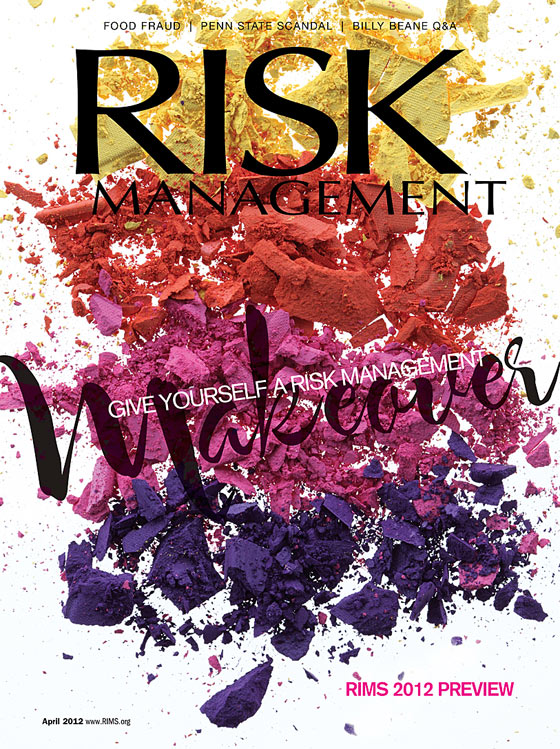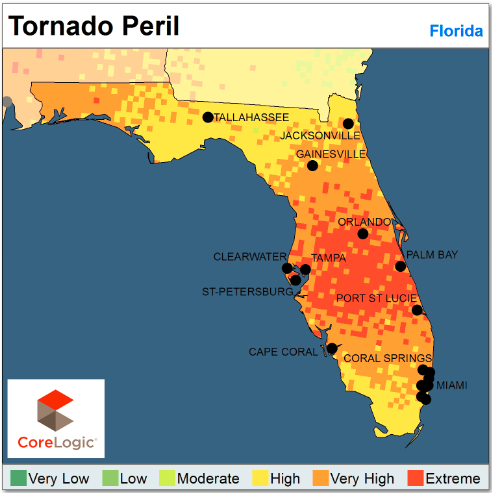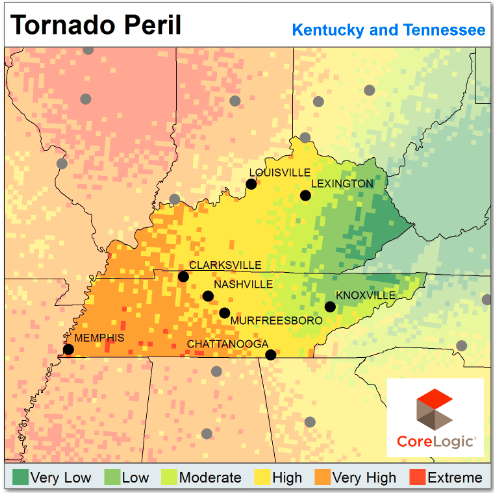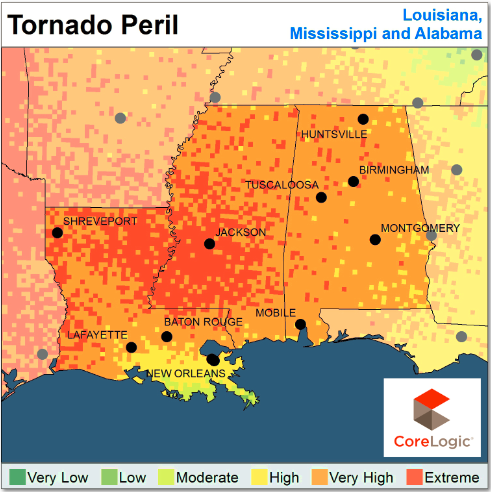
Most of the American public were horrified back in 2008 when they learned just how ruthless and unethical some Wall Street banks were when it came to their client’s money. Since the fall of Lehman, the mortgage-backed security crisis and the Great Recession, changes (namely Dodd-Frank) have taken place to ensure that what happened in the Fall of 2008 will never (hopefully) happen again. But is it really working?
According to Greg Smith, who recently resigned from Goldman Sachs, not much has changed.
Smith was employed for 12 years as a London-based executive director for Goldman, overseeing equity derivatives. He resigned today and promptly issued an Op-Ed piece that was published in the New York Times.
In it, he tells how he joined Goldman right out of college and was immediately enamored with the firm’s culture, which revolved around teamwork, integrity and always doing the right thing for the client.
That was then.
Now, as he scathingly writes, the firm’s culture has been lost and the decline in the firm’s moral fiber could well bring down one of the world’s largest banks. What once was a place that did right by clients is now a place where profits are placed above people.
According to Smith, there are three quick ways to become a leader at Goldman:
a) Execute on the firm’s “axes,” which is Goldman-speak for persuading your clients to invest in the stocks or other products that we are trying to get rid of because they are not seen as having a lot of potential profit. b) “Hunt Elephants.” In English: get your clients — some of whom are sophisticated, and some of whom aren’t — to trade whatever will bring the biggest profit to Goldman. Call me old-fashioned, but I don’t like selling my clients a product that is wrong for them. c) Find yourself sitting in a seat where your job is to trade any illiquid, opaque product with a three-letter acronym.
He goes on to tell how over the last 12 months he has heard five different managing directors refer to their own clients as “muppets,” how junior analysts are learning from these same people and how little senior management does not understand that if clients don’t trust you, they will eventually stop doing business with you. He concludes:
I hope this can be a wake-up call to the board of directors. Make the client the focal point of your business again. Without clients you will not make money. In fact, you will not exist. Weed out the morally bankrupt people, no matter how much money they make for the firm.
And get the culture right again, so people want to work here for the right reasons. People who care only about making money will not sustain this firm — or the trust of its clients — for very much longer.
This can be said about any organization operating in any industry.
Though we must take this OpEd as exactly that (an opinion) there is fact sprinkled throughout Smith’s diatribe: Trust may be the single most important, intangible asset an organization can gain and without it, a company is nothing. If not immediately, then eventually.






